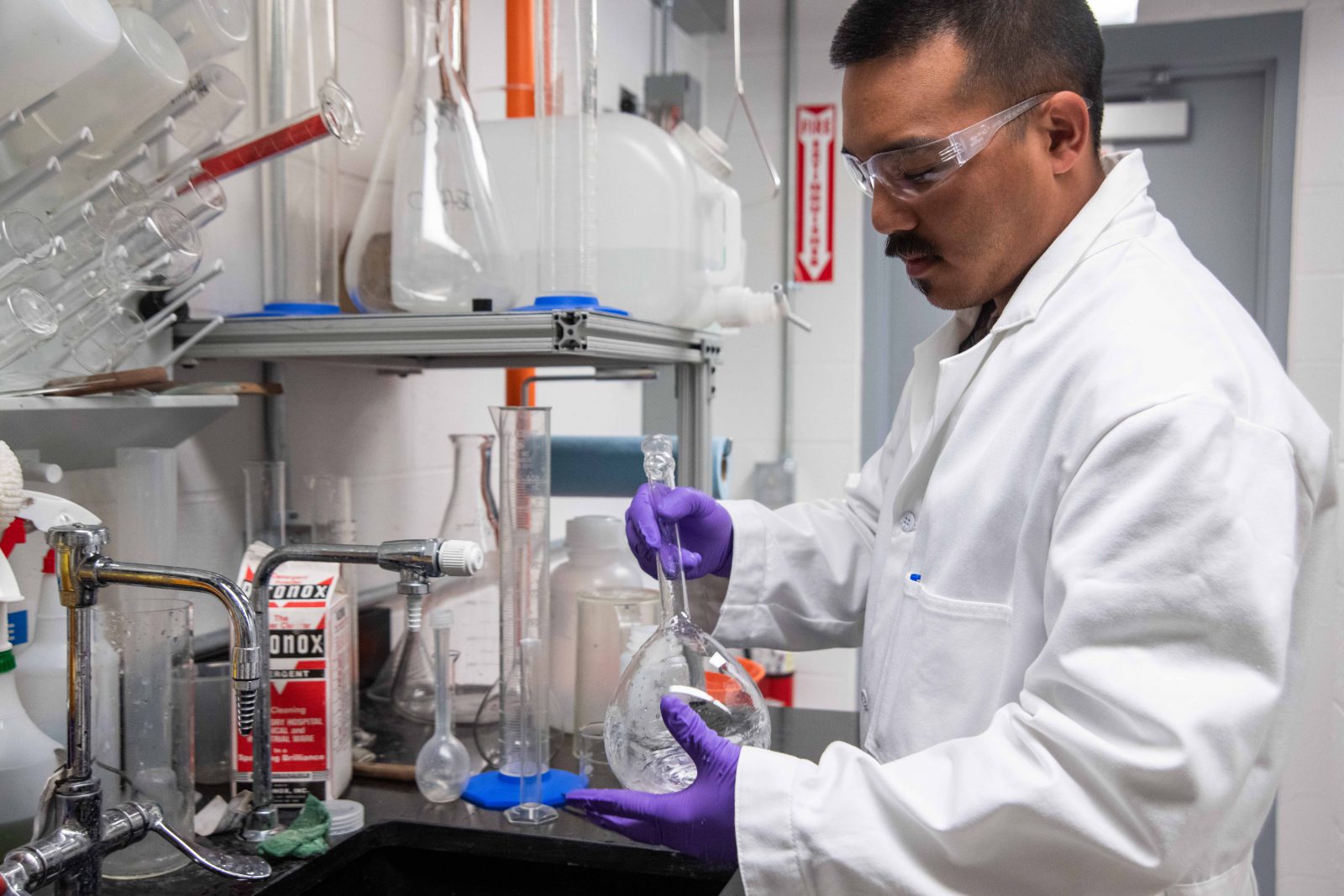The COVID-19 pandemic is far from over, and the healthcare industry continues to pivot and adapt. Though far from an overnight solution, an effective vaccine will signal the return to business as usual.
Yet, those in healthcare and life sciences will continue to develop new approaches to conducting clinical trials and evaluating the resulting data. Because of existing limitations, healthcare firms have experienced delays in developing drugs and effective treatment methods.
How Clinical Trials Have Changed in 2020
Despite the need for social distancing measures, there remains a massive dependence on patients’ and caregivers’ physical collocations. When it can be helped, many turn to technological strategies to connect these parties.
Clinical trials are becoming increasingly virtualized, deploying practitioners to patients’ homes to conduct evaluations only when necessary. Patients can now track symptoms and treatment stages on mobile applications equipped with sensors to relay data wirelessly. While patient-doctor in-person interfacing remains the best method of diagnosis, they no longer have to be in the same place to develop an effective treatment plan.
Expectations are Transforming
Though virtual clinical trials came unexpectedly, personal and professional interactions now primarily occur in a digital space. The healthcare norm is in telemedicine, which is now cascading into clinical trials.
With that in mind, one of the most challenging aspects of digital clinical trials is getting patients on-site. Thus, experts are learning to make investigator jobs scalable, leveraging digital connectivity between doctors and patients.
Digital clinical trials are less likely to experience external disruptions moving forward, allowing for better data aggregation and analysis. With the help of advancing technologies, experts can track the progression of a disease and drug responses in real-time. By gathering ample amounts of diverse data, researchers can take a closer look at epidemic agents, learning how best to contain, treat, and avoid their spread.
Data Remains Complex
Despite the availability of new healthcare analysis tools, the fact remains that impossible amounts of data remain sitting in outdated databases across the world. These databases include information such as:
- Patient medical histories
- Blood chemistries
- Medical images
- Genomic data
- Cognitive scores
- Other research
Unfortunately, there are few ways to connect them, which is terrible news for potentially life-saving opportunities. The only way to have created a measurable impact would’ve been to see the pandemic coming—evidently not the case.
Instead, healthcare firms are attempting to curate data in a vast online space to learn the nature of the virus and take a closer look at the surrounding conditions. No longer are researchers taking a look at one variable at a time, but examining comprehensive data and whether it is necessary for treatment.
By examining all the attributes of a potential Coronavirus patient, developers can more accurately craft precision medicine.
Conclusion
While compiling tremendous amounts of scattered data is challenging, it isn’t impossible. Thanks to advancements in connectivity and digitization, clinical trials can remain effective online. By leveraging collective data assets, even evaluating and treating rare diseases won’t be far off soon.
Learn more about how the medical industry is collaborating to provide better healthcare by staying updated on Dose of Healthcare. We are committed to bringing you the latest in healthcare news and keeping decision-makers in the loop.
















